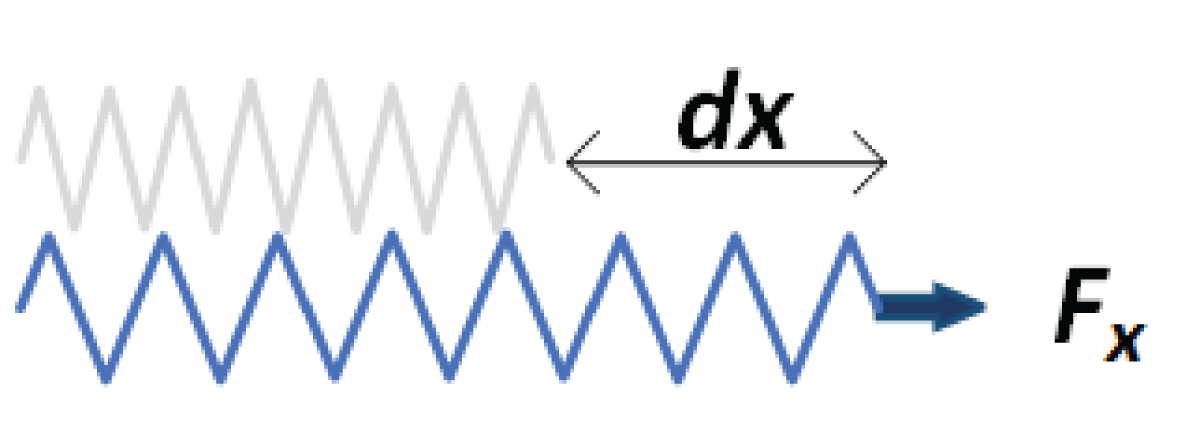The Impact of Cinema on Learning in Physical Sciences
Introduction
Traditional science education methods often struggle to engage students and make complex concepts relatable. Cinema, with its ability to visualize and dramatize scientific phenomena, offers a powerful supplementary tool for teaching physical sciences. This blog post explores how movies and TV series can be integrated into the educational curriculum to enhance understanding of physics, astronomy, and related fields, based on recent research.
Cinema as a Complementary Educational Tool
While formal education remains irreplaceable, films can effectively illustrate concepts that are challenging to grasp through textbooks alone. By visualizing abstract ideas, such as gravity in Interstellar or entropy in Arrival, movies provide an engaging way for students to experience scientific principles in action. This visual approach can make learning more enjoyable and accessible, stimulating students’ curiosity and fostering a deeper interest in science.
Case Studies: Bringing Science to the Big Screen
- Physics Concepts in Cinema: Films like 2001: A Space Odyssey and Interstellar have been noted for their efforts to portray space phenomena with a degree of scientific accuracy. By integrating clips from such movies into classroom discussions, educators can help students explore complex topics like time dilation and black holes in a more intuitive way.
- Mathematics and Engineering: Movies such as Good Will Hunting and Hidden Figures use mathematical problems and computational challenges to drive their narratives. These films can inspire students to appreciate the practical applications of math and engineering, connecting theoretical knowledge with real-world scenarios.
The Impact on Science Literacy
A significant decline in public understanding of basic scientific concepts has been reported by studies from the US National Science Foundation. Nearly 50% of people lack knowledge about Earth’s orbit or the relative sizes of atoms and electrons. Incorporating cinema into the science curriculum can address this gap by creating memorable learning experiences that make abstract ideas more tangible.
Challenges and Considerations
Using cinema in the classroom requires careful selection of films and scenes that accurately represent scientific principles. Educators must differentiate between scientifically grounded content and “pseudoscience” in movies, guiding students to critically analyze what they see. This approach not only enriches students’ understanding of science but also hones their ability to distinguish fact from fiction.
Conclusion
Cinema has the potential to transform the way science is taught, making challenging concepts more approachable and engaging for students. By leveraging the visual power of movies, educators can create a more interactive and enjoyable learning environment. To delve deeper into this topic, you can access the full study: Full Text, PDF, and DOI.
Tags: #EducationalTechnology #CinemaInEducation #ScienceEducation #PhysicsLearning #STEMLearning #ScienceThroughCinema #VisualLearning #FilmInTheClassroom #ScienceLiteracy #IgMinResearch

A spring model of the Slinky dog....
